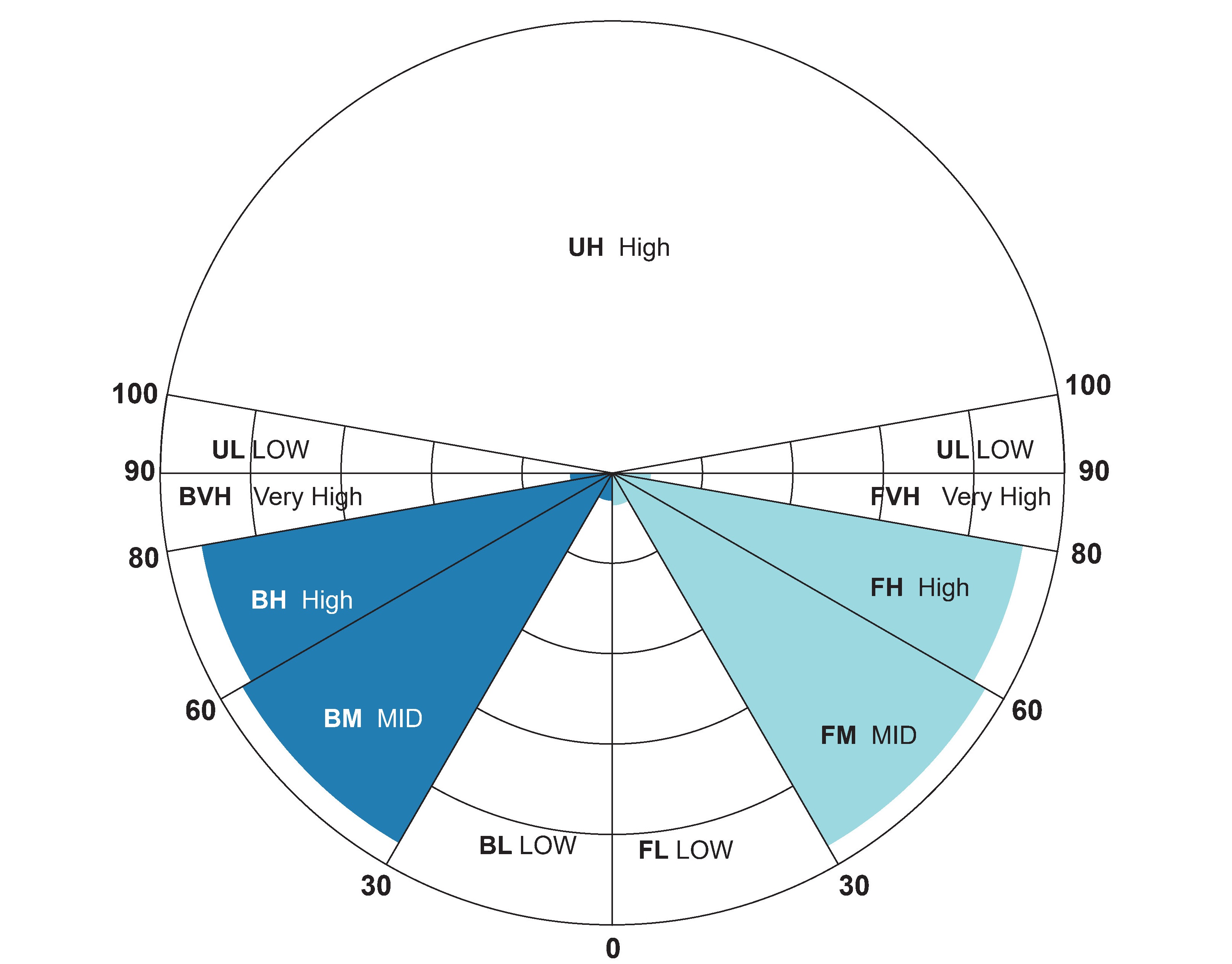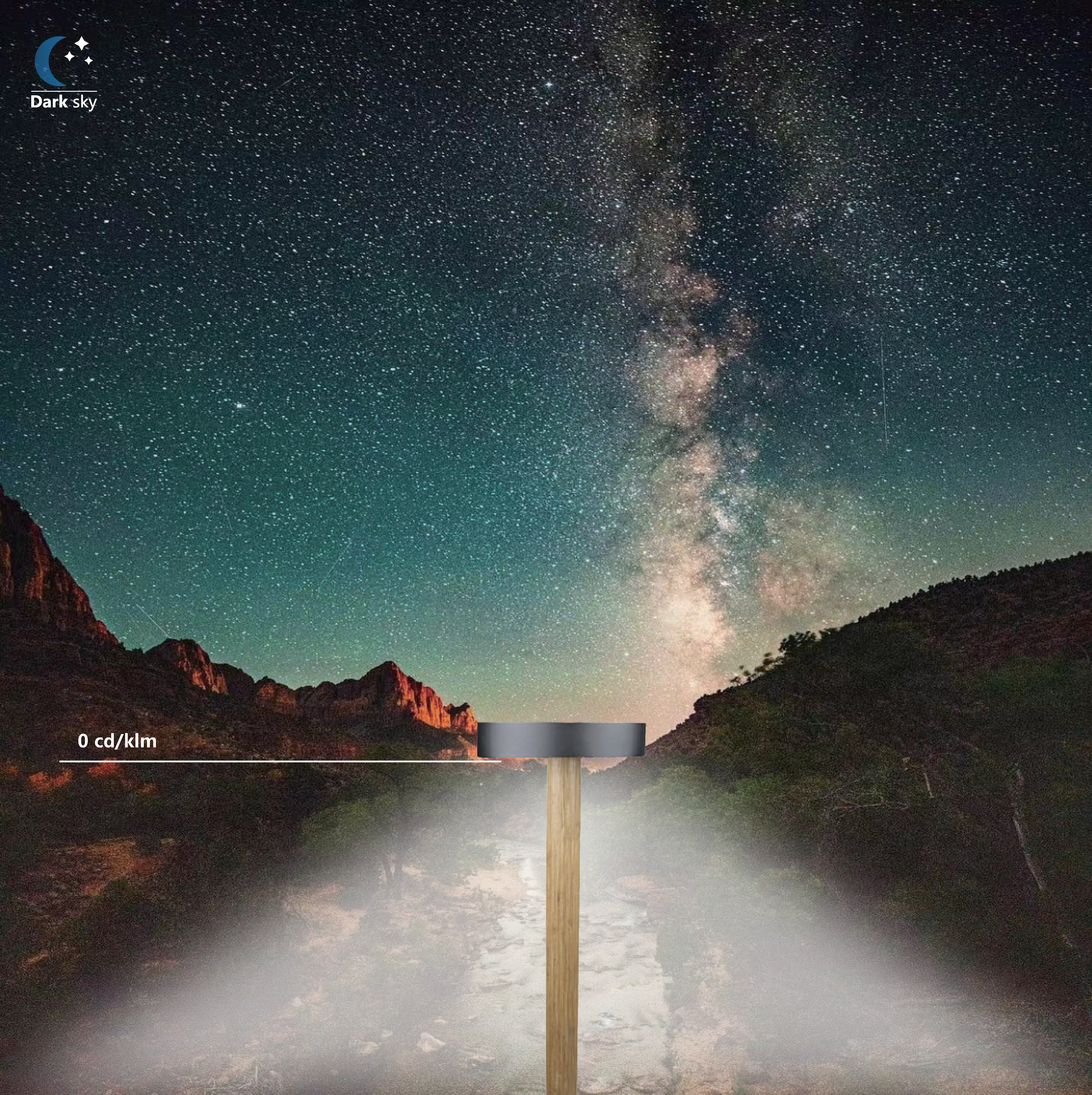Dark-Sky
Who are International Dark-Sky Association?
The International Dark-Sky Association (IDA) is a United States-based non-profit organization incorporated in 1988 by founders David Crawford, a professional astronomer, and Tim Hunter, a physician and amateur astronomer.
What purpose does IDA serve?
The mission of the IDA is "to preserve and protect the nighttime environment and our heritage of dark skies through quality outdoor lighting."
So basically, the IDA is set up on the background of the rising issue of lighting pollution and calls for nighttime environment protection.
Dark sky lighting standards, such as those from DarkSky International, require that outdoor lights be fully shielded to point light downward, use a warm color temperature (below 3000K), have a limited amount of upward light, and be dimmable or controlled by timers or motion sensors to use light only when needed.
Key standards
Full Cutoff and Shielding: Fixtures must be fully shielded so no light is emitted above the horizontal plane (90° from the ground). This prevents light from escaping into the sky, reducing glare and skyglow.
Color Temperature: The light should have a Correlated Color Temperature (CCT) of 3000K or lower. Lower CCT (warmer light) reduces blue-light content, which is less disruptive to wildlife and human circadian rhythms.
Upward Light Ratio (ULR): The amount of light directed upwards must be minimized. For example, the DarkSky Approved Luminaires program has specific limits, such as a maximum of 0.5% of total lumen output for fixtures emitting over 1,000 lumens.
Lumens: The total brightness (lumens) of a fixture should be limited to only what is necessary for the intended purpose, avoiding over-lighting.
Controls: Lights should be controlled to ensure they are only on when needed. This can be achieved through timers, photocells, or motion sensors. Dimmers can also be used to lower the intensity during certain times.
Directional Control: Fixtures should be aimed correctly and, if adjustable, the angle should be limited to prevent light spill beyond the target area.
Why these standards matter
Reduces Skyglow: Minimizing light directed upward reduces the glow that washes out the night sky, allowing more stars to be visible.
Protects Wildlife: Warmer light and reduced overall brightness are less disruptive to nocturnal animals whose behavior is often guided by natural light cycles.
Improves Human Health: Lower blue light and appropriate lighting levels are better for human sleep cycles and can reduce eye strain.
Enhances Safety: While reducing light pollution, the standards still ensure safety by directing light where it is needed for visibility on pathways, roads, and other areas.


